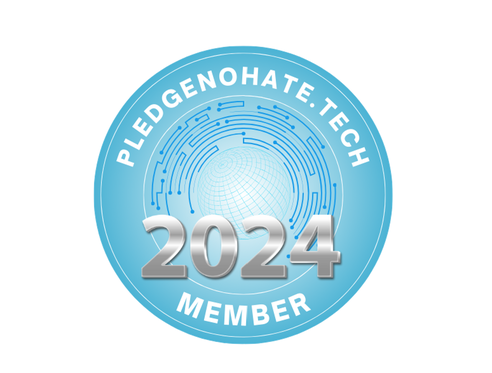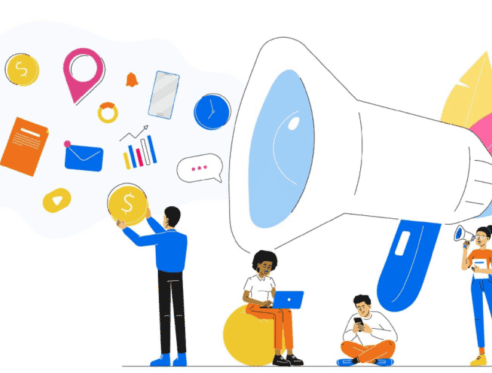The Engagement Pyramid is a simple and powerful framework for modeling an organization’s relationships with its constituents. The vertical dimension of the pyramid indicates the intensity of engagement, with low-intensity, light-weight engagement at the bottom and high-intensity, deep engagement at the top.
In general, the breadth of the pyramid indicates the number of people — as you move up the pyramid, your organization is managing deeper, more personal relationships with fewer and fewer people.
Online-savvy nonprofits are really good at the bottom of the pyramid — getting people in the door with easy, low-commitment actions that demonstrate their ideological affinity. You know, opportunities to “make your voice heard” with just a mouse click.
In general, we also do pretty well at the top of the pyramid — there are always a small number of good people who care deeply about our missions and quickly make their way to the top of the pyramid to join the board or become a major donor.
BUT WHAT ABOUT THE MIDDLE?
The middle of the pyramid is where people begin taking on a more meaningful role in your organization and begin personally investing in your work. It’s the “contribute” stage, where people start committing significant time, energy, and resources to your cause. For an advocacy organization, “contributors” might be doing things like calling legislators, testifying at hearings, making monthly donations, and organizing other members. Because there are (at least in theory) more people in the middle of the pyramid than at the top, this is where the bulk of your meaningful actions will be coming from.
The middle is also where you start building real relationships with your members. It’s where personal conversations start to happen, and where you discover the knowledge, experience, and resources people have to offer. This is where you start to hear the personal stories that motivate people to get involved — stories that can become the foundation of your organizing efforts.
A healthy middle of the pyramid is critically important for the long-term health and impact of your organization. But too often, we find that organizations are seriously under-investing in the organizing work that’s required for a healthy middle. In many organizations, organizing budgets have declined as online budgets have grown, but the opposite should be happening — organizing budgets should be growing to take advantage of the opportunities provided by the big lists we’ve gotten so good at building.
HOW TO GIVE YOURSELF A HEALTHIER MIDDLE
Make it a focus. Think about the qualities you are looking for in effective advocates for your organization. In an advocacy organization, for example, you might look for people with relationships to key legislators, members in certain districts, experts who can testify on your issue, or spokespeople with compelling personal stories. Once you have your list, make sure you have a way to track this information (in your database, not in your head). Then design outreach campaigns with the goal of identifying individuals with these qualities and cultivating relationships with them.
Start conversations wherever you can. Good organizers do this intuitively in face-to-face situations, but sometimes we forget to do it online. One easy step: put a real “reply-to” address on your email blasts. Yes, I mean the actual email address of an actual person. Getting an actual reply from an actual person is called a “conversation.” It’s how you start learning about your members and identifying those you should invest more time in.
Give your staff time and space to be creative and get results. Organizing is hard work. Identifying the right people and cultivating relationships takes a lot of time, and unless you have unlimited resources, it’s time that’s going to come from some other aspect of your work. So you may have to ease off on your list growth goals a bit. List size, click-through rates and action rates are list-building metrics, not organizing metrics.
We’re better than ever at leveraging the power of the internet to find new sympathizers and build bigger lists. Now, we need to invest in the next step — building the personal relationships that are required for real, sustainable impact.




